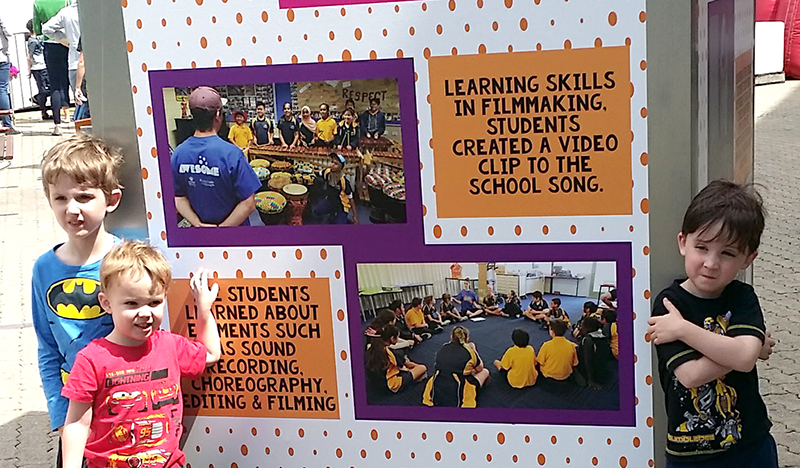Search
Showing results for "autism"
Research
Investigating facial phenotype in autism spectrum conditions: The importance of a hypothesis driven approachThe identification of differences in the facial phenotype of individuals with ASC may contribute to efforts to promote early identification of the condition and help elucidate etiological pathways.
Research
Maternal Psychiatric Disorder and the Risk of Autism Spectrum Disorder or Intellectual Disability in Subsequent OffspringThis study adds to existing evidence that the rate of pre-existing psychiatric disorders in mothers of children with autism spectrum disorder is higher than...
Research
Complementary and alternative medicine for autism spectrum disorders: Rationale, safety and efficacyThere is insufficient evidence to draw conclusions on the efficacy of modified diets, hyperbaric oxygen therapy, immune therapy, and vitamin and fatty acid...
Research
Experiences Impacting the Quality of Life of Mothers of Children With Autism and Intellectual DisabilityMothers of autistic children and adults bewtween 11 and 24 years old were interviewed about the impacts and rewards associated with their children's disability.
Research
The broader language phenotype of Autism: A comparison with Specific Language ImpairmentSome individuals with autism spectrum disorders (ASD) experience linguistic difficulties similar to those found in individuals with specific language...

News & Events
Researchers at The Kids push back against claims linking paracetamol to autismResearchers at The Kids Research Institute Australia have pushed back against claims by US President Donald Trump linking paracetamol use during pregnancy to autism.
Research
Are Prenatal Ultrasound Scans Associated with the Autism Phenotype? Follow-up of a Randomised Controlled TrialAn existing randomised controlled trial was used to investigate whether multiple ultrasound scans may be associated with the autism phenotype.
Research
A comparison of autism prevalence trends in Denmark and Western AustraliaPrevalence statistics for autism spectrum disorders (ASD) vary widely across geographical boundaries. Some variation can be explained by diagnostic methods...
Research
Narrowing the broader autism phenotype: A study using the Communication ChecklistThis study investigated whether the Communication Checklist - Adult (CC-A) could identify subtypes of social and communication dysfunction in autism probands an

News & Events
AWESOME ASD guide opens the world of art to kids with autismFor kids on the autism spectrum, it’s not always easy to enjoy art without becoming overwhelmed, overstimulated or anxious.
